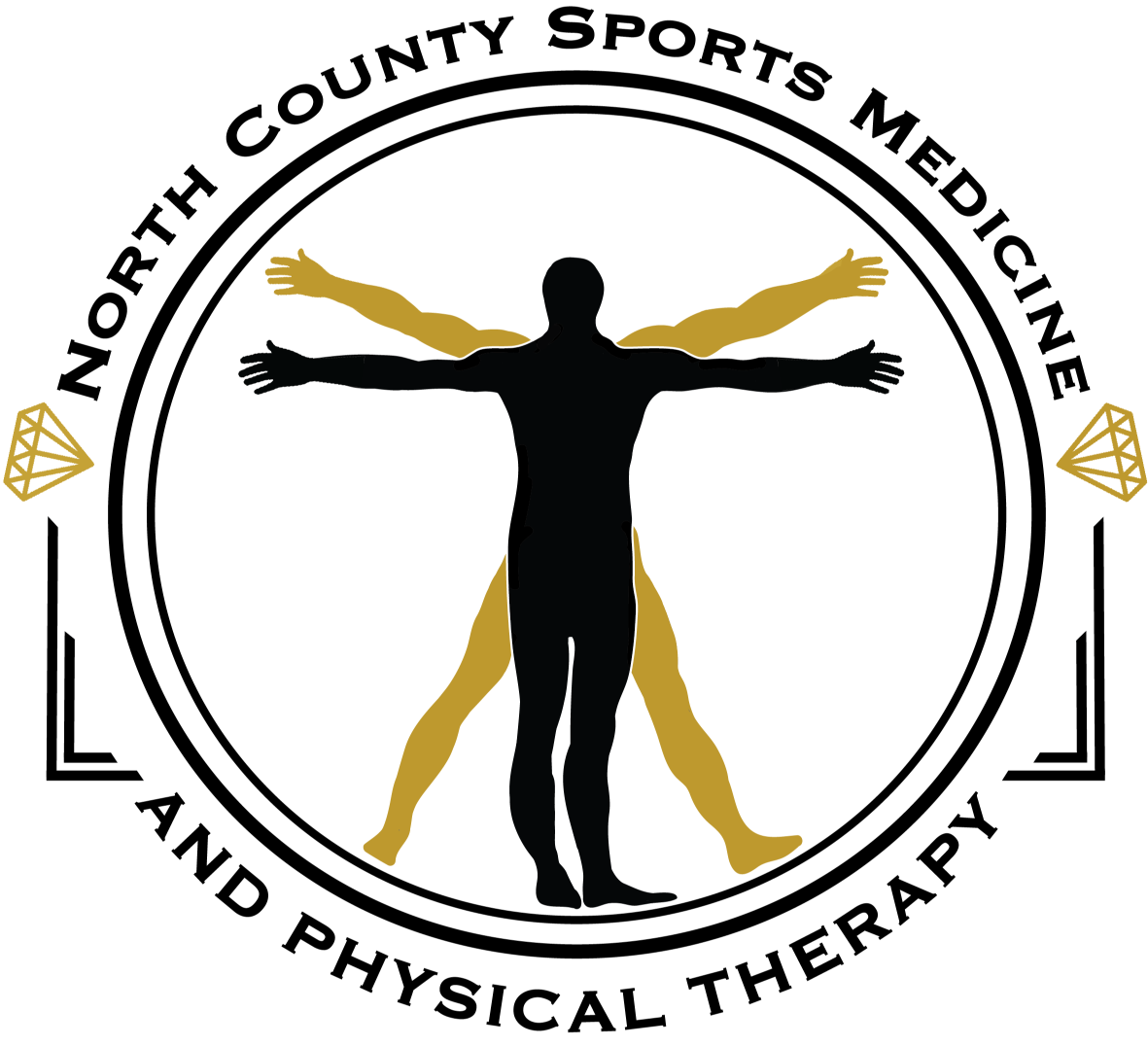Hip Flexibility is Speed
I assume most triathletes want to be faster without over-stressing their body tissues. Most of us also want to feel strong towards the run leg of a race. Those first few steps off the bike can be brutal and make you wonder why you race in triathlon. What if there was a way to minimize that fatigue feedback from the hips and legs by incorporating a bit more hip mobility into our everyday routine? It is definitely doable but is a discussion for the future as far as specific exercises. We will focus on the essence of hip flexibility and mobility specifically while running.
Hip flexibility while running is as important as having oil in an engine. If no oil, you get metal on metal moving parts which create a ton of friction, thermal energy and thus wasted kinetic energy. If inadequate hip flexibility while running, you get more joint compression, less speed and inefficient turnover.
A few premises to understand before I continue:
Everything is connected and everything works together to be able to run with biomechanical efficiency (therefore more speed and ability to run longer distances)
Running is one of the most difficult tasks to perform and with that, a body must be biomechanically efficient
Collectively, the core muscle group is a vital component to stability while running and cannot be ignored
Ankle mobility will effect hip mobility
There is an optimal given length within each individual muscle where it can produce max tension (force).
The pelvis is relatively fixed; there is a small degree of forward and backward tilting but the pelvis should be held in a neutral position overall while running. The hip joint moves in 6 different ways; all of which should be utilized during running. Within the lower kinetic chain, hip drive really begins with the glutes which are by far the most powerful major mover and will give you a lot of speed if recruited efficiently. To be able to achieve full hip extension requires adequate hip flexor lengthening; if the hips flexors are tight it will be not possible to get into full hip extension. Getting your hips/legs into full extension is like a slingshot; the more you can tension the sling and cock it back, the more kinetic energy and power you will have to propel the legs forward. The hip flexors are notoriously restricted in a lot of runners, and probably for many different reasons. The glutes can be significantly restricted but is less common; if this is the case, the knee lift will be limited and the stride length shortened.
Now consider that the hip also has rotary components during motion that occur simultaneously with flexion and extension. With hip flexion there is external rotation, and with extension there is internal rotation. Merely having rotation within a joint allows for torque which ultimately is going to increase speed abilities. The same concept goes for flexibility within the rotational components, think flexibility is speed.
Lastly, consider what happens if a joint segment becomes hypomobile (inadequate joint motion); the adjacent joints will more than likely will become hypermobile as a compensatory pattern to still be able to achieve the task of running. If the hips are hypomobile because of poor flexibility, stress is increased at the low back and knees. The picture below is a great schematic to show joints that are naturally meant for stability and mobility. HIPS ARE BY DESIGN MOBILE JOINTS!


